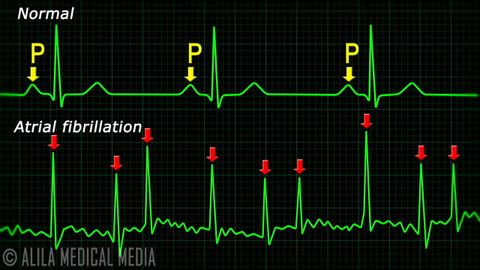心房細動の解剖学、心電図と脳卒中、アニメーション。 (Atrial Fibrillation Anatomy, ECG and Stroke, Animation.)
alex が 2021 年 01 月 14 日 に投稿  この条件に一致する単語はありません
この条件に一致する単語はありません- v.t./i.突き刺す : 刺し込む;貼る : くっつける;とどまる;突き出す;我慢する
- n. (c.)棒
US /ɪk'strimlɪ/
・
UK /ɪkˈstri:mli/
US /ˈmʌltəpəl/
・
UK /ˈmʌltɪpl/
- adj.複数の;多様な;多発性の;多重の
- n. (c.)倍数;多数;倍率
- pron.多数
US /ˈprɑːpərli/
・
UK /ˈprɔpəlɪ/
エネルギーを使用
すべての単語を解除
発音・解説・フィルター機能を解除

